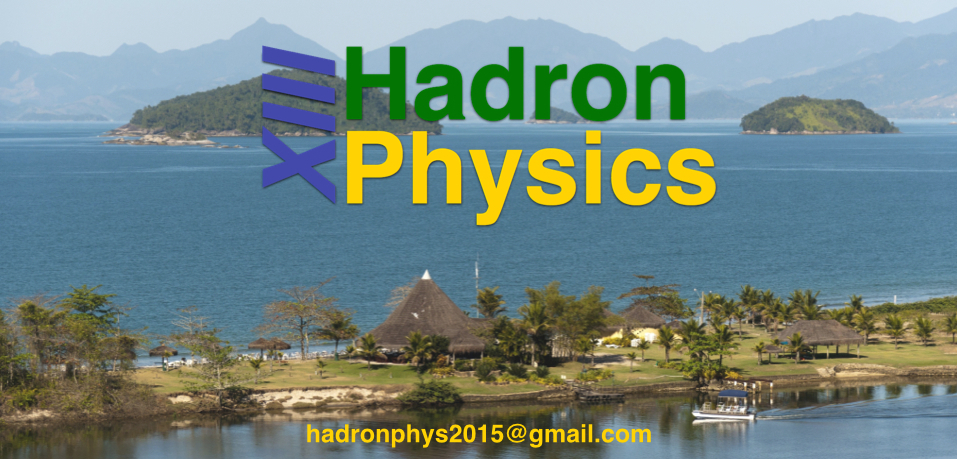Speaker
Mr
Rodrigo Konrath
(UFSC)
Description
The Large Hadron Collider (LHC) is a good place to study Quantum Chromodynamics (QCD), which describes the hard interactions between the quarks and the gluons, i.e., the hadrons constituents. Because of the asymptotic freedom, the collisions between hadrons can be perturbatively calculated in the high energy limit of the parton collisions, if the parton distribution functions (PDFs) are available. Often Double Parton Scattering (DPS) can occur when two pairs of partons interact in a same and single p-p (proton-proton) collision. Until the advent of LHC, this kind of process was not very well understood, because collisions at very high energies are necessary for a more visible double scattering contribution. Naively, the DPS process can be calculated by the multiplication of two independent parton cross sections and dividing the result by an effective cross section. We review this possibility.
Author
Mr
Rodrigo Konrath
(UFSC)
Co-author
Prof.
Emmanuel Gräve de Oliveira
(UFSC)
